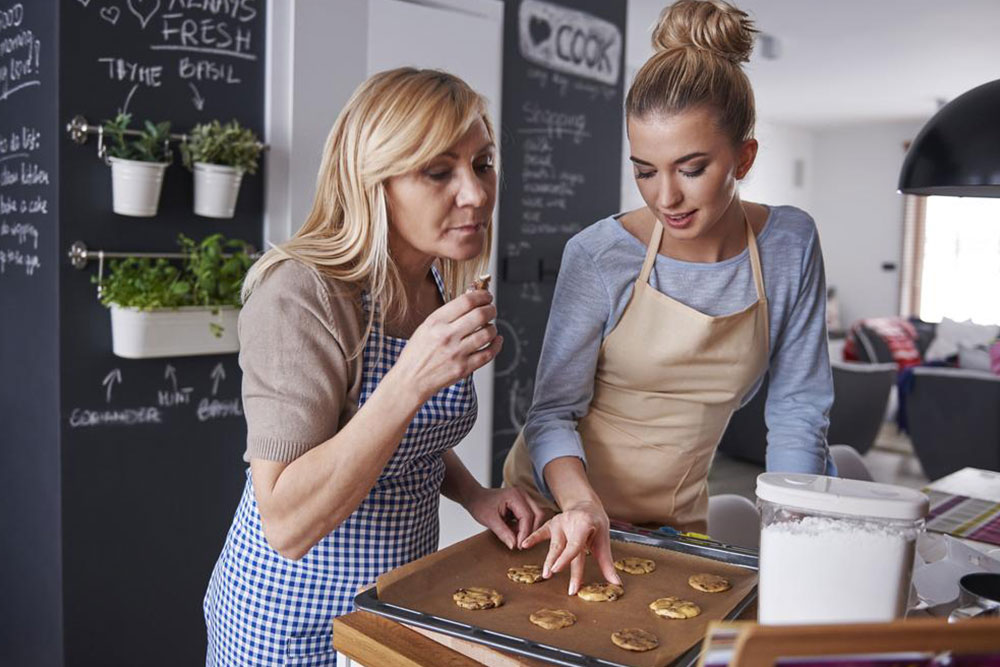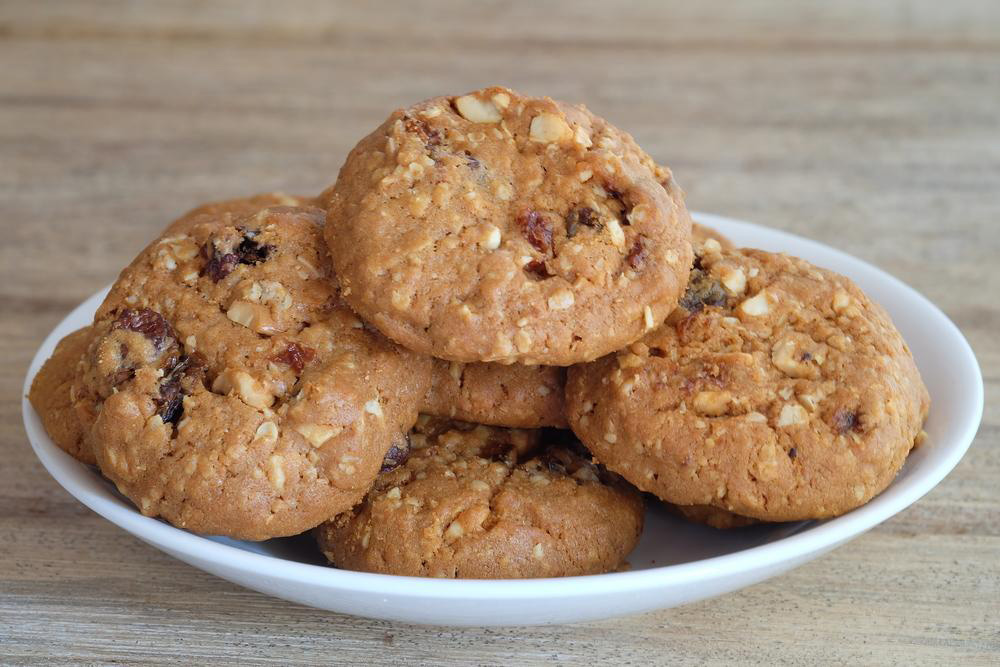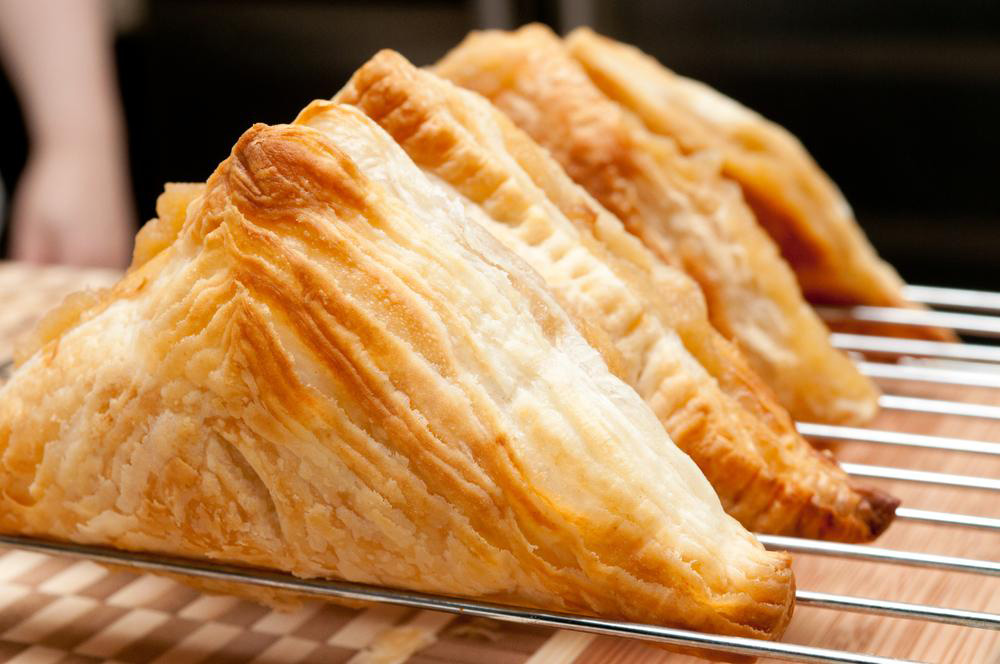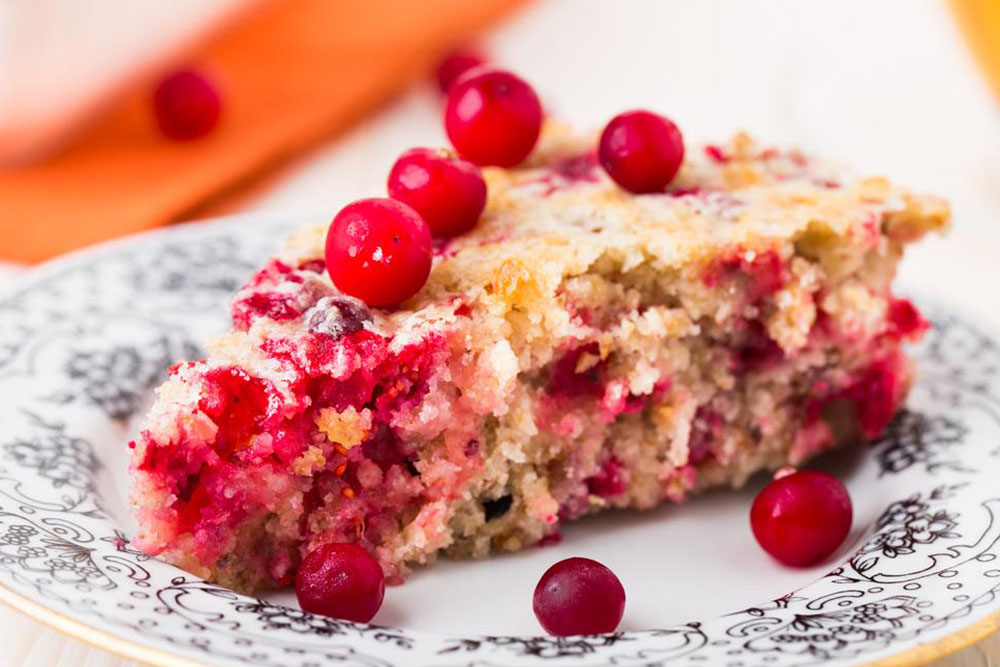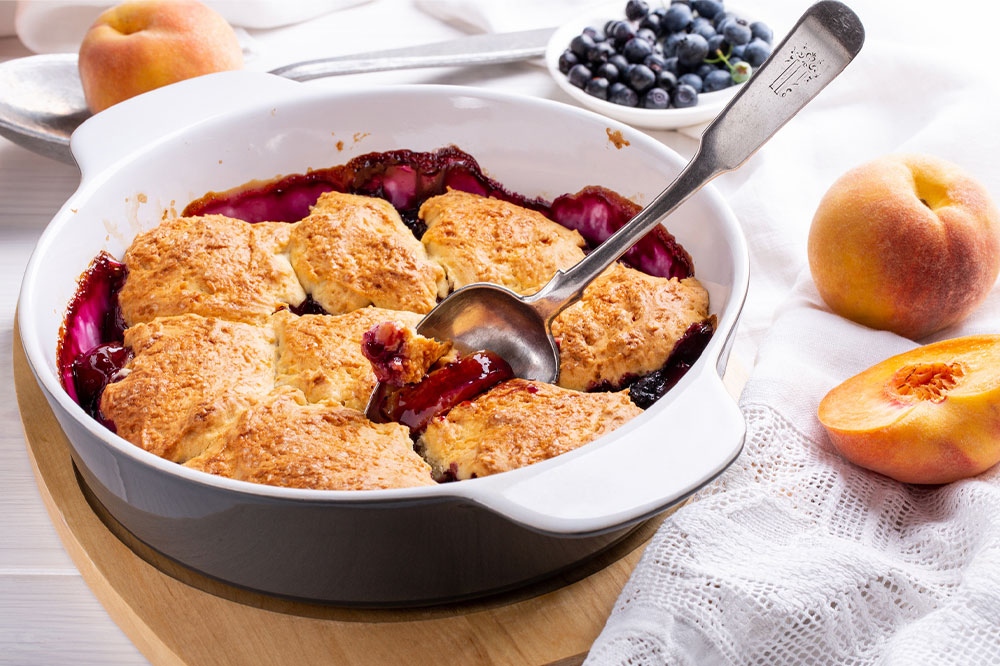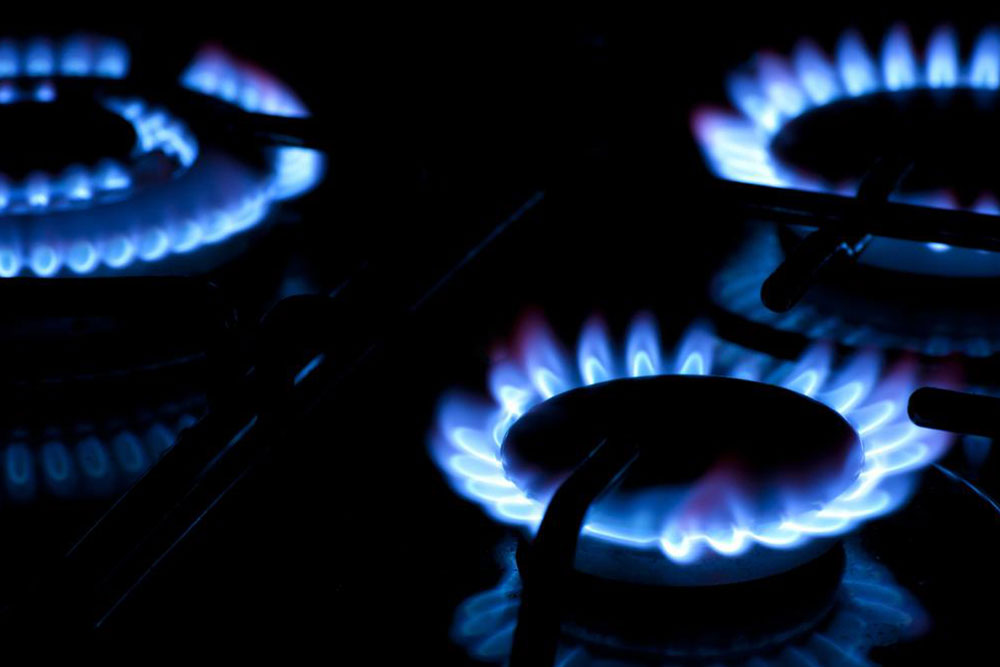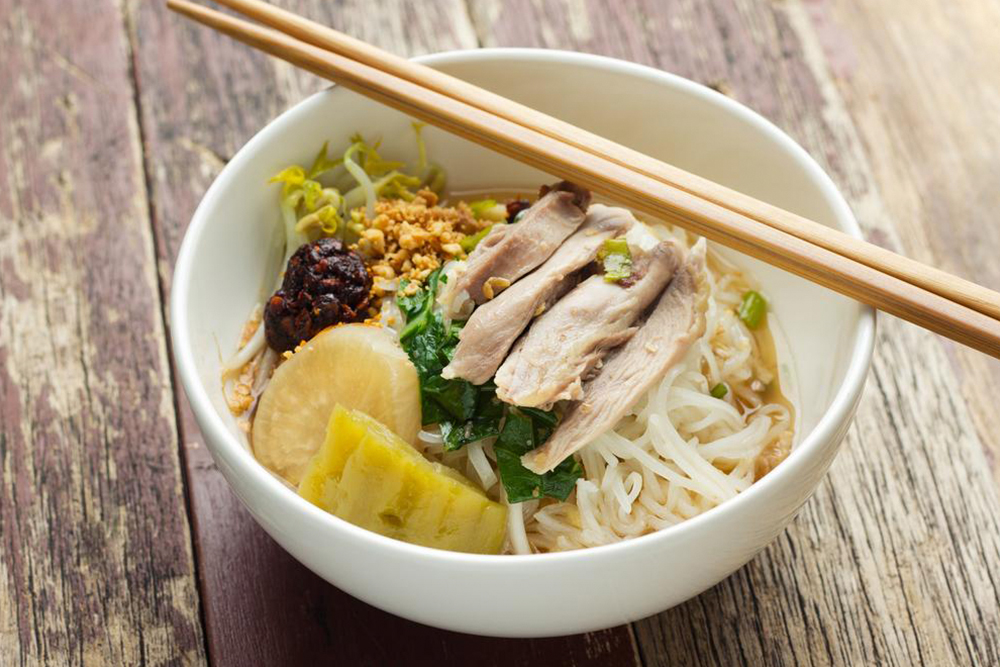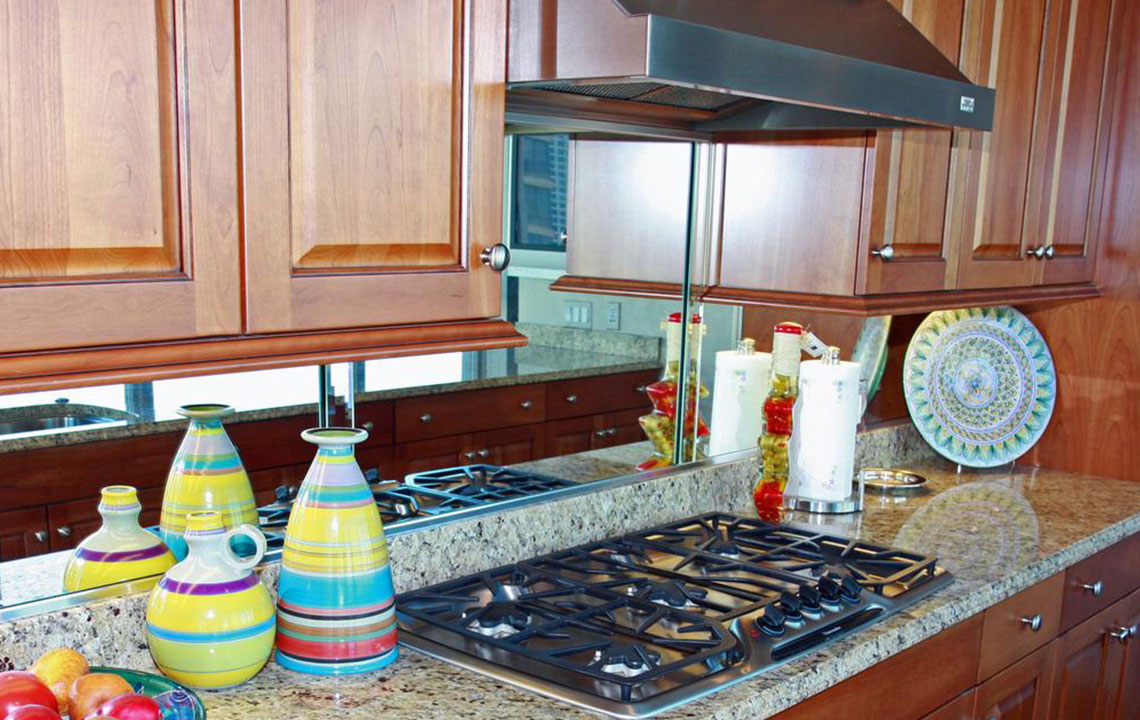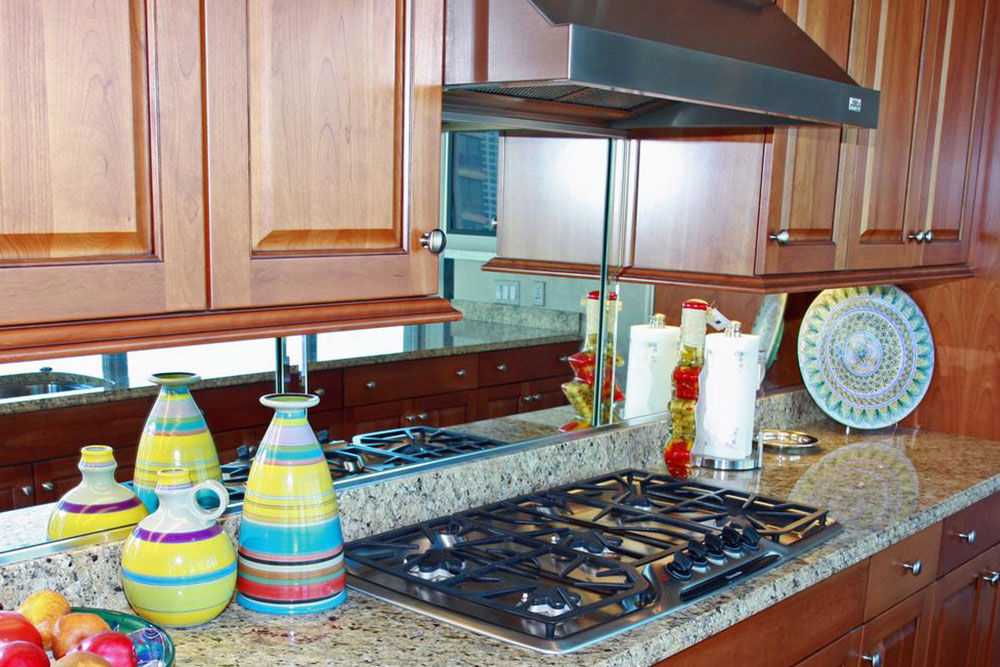Essential Baking Techniques Every Home Baker Should Know
Learn two essential baking techniques—whisking and creaming—that are vital for creating perfect cakes and cookies. Mastering these methods will enhance your baking skills and allow you to experiment confidently with a variety of recipes. Whether you're a beginner or an experienced baker, understanding these foundational skills is key to achieving light, fluffy, and delicious baked goods.
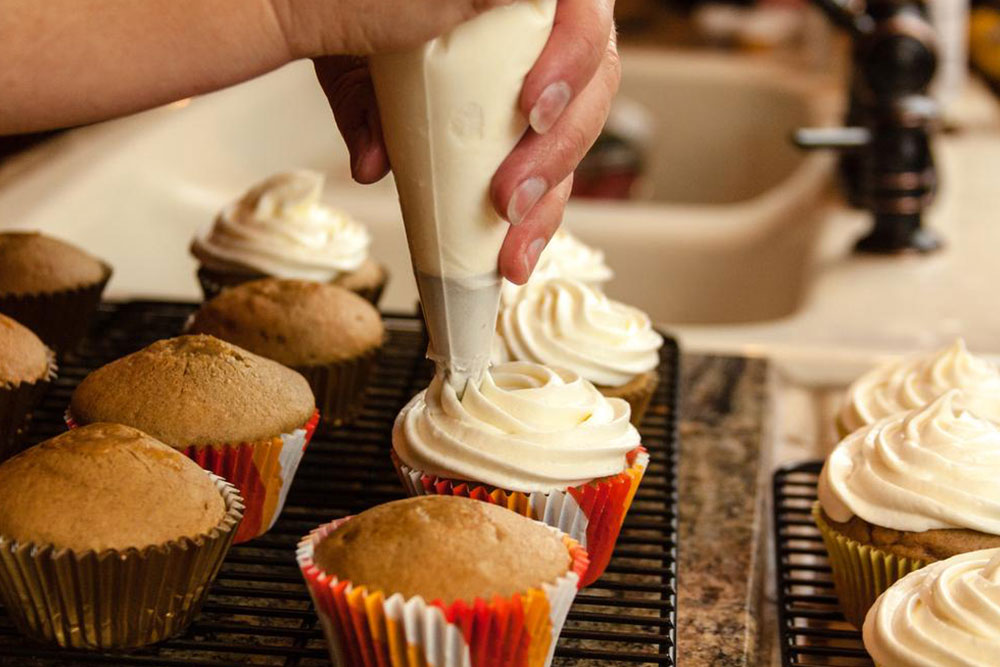
Essential Baking Techniques Every Home Baker Should Know
Embarking on your baking journey, everyone aims to create delightful and innovative treats, especially sweet desserts. Baking appeals to both children and adults alike. Mastering key techniques can elevate your baking skills, making nearly any recipe achievable. Here are two fundamental methods that are versatile for various baked goods. Once you get these down, your baking possibilities expand exponentially.
Whisking
Whisking is a vital and straightforward technique in baking. Different whisks are used depending on the task—balloon, flat, coil, or cage. Typically, whisking adds air to ingredients like eggs, sugar, and butter, creating a fluffy batter essential for cakes. Proper whisking ensures ingredients blend smoothly, and baked goods rise perfectly. Alternating between dry ingredients like flour, cocoa, and baking powder, and the wet mixture during folding helps achieve a light, lump-free batter. Gentle handling with consistent movement prevents lumps and results in airy textures. For light cakes without butter or with minimal fat, thorough whisking is particularly important.
To avoid lumps, move the bowl in circular motions while whisking, using the whisk's end to break up clumps. Be gentle to maintain an airy consistency in your batter.
Creaming
Creaming is a foundational process for many baked goods, especially cakes and cookies. It involves softening fats and mixing them with sugar until the mixture becomes smooth and fluffy. Achieving the right consistency requires practice. Begin by setting butter at room temperature—avoid cold butter straight from the fridge. Using a stand mixer with a paddle attachment at medium speed or mixing by hand, beat the butter and sugar together for several minutes. Scrape down the sides of the bowl occasionally. When the mixture turns light, airy, and creamy, it's ready for additional ingredients. Proper creaming results in moist, tender baked goods with excellent texture.

